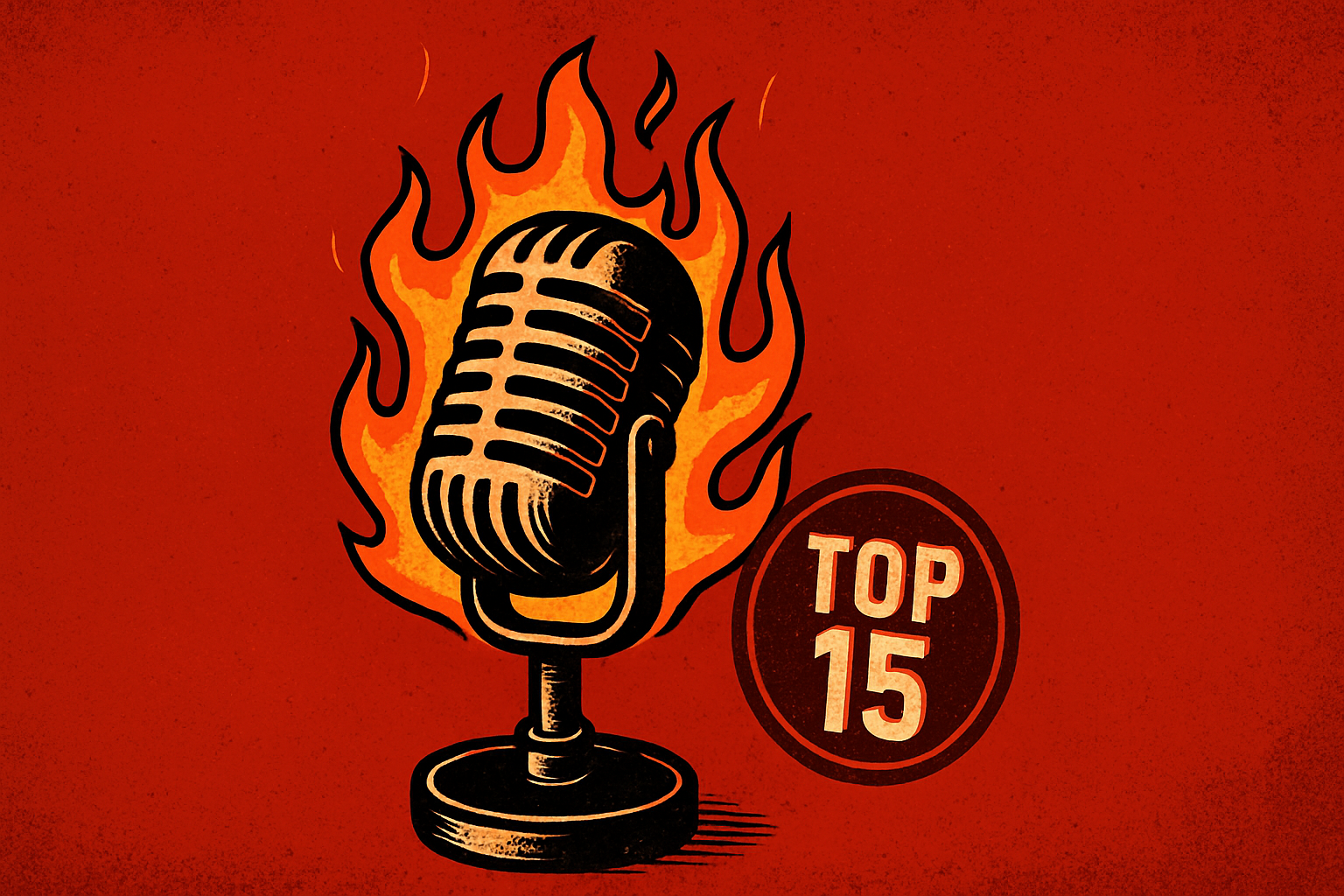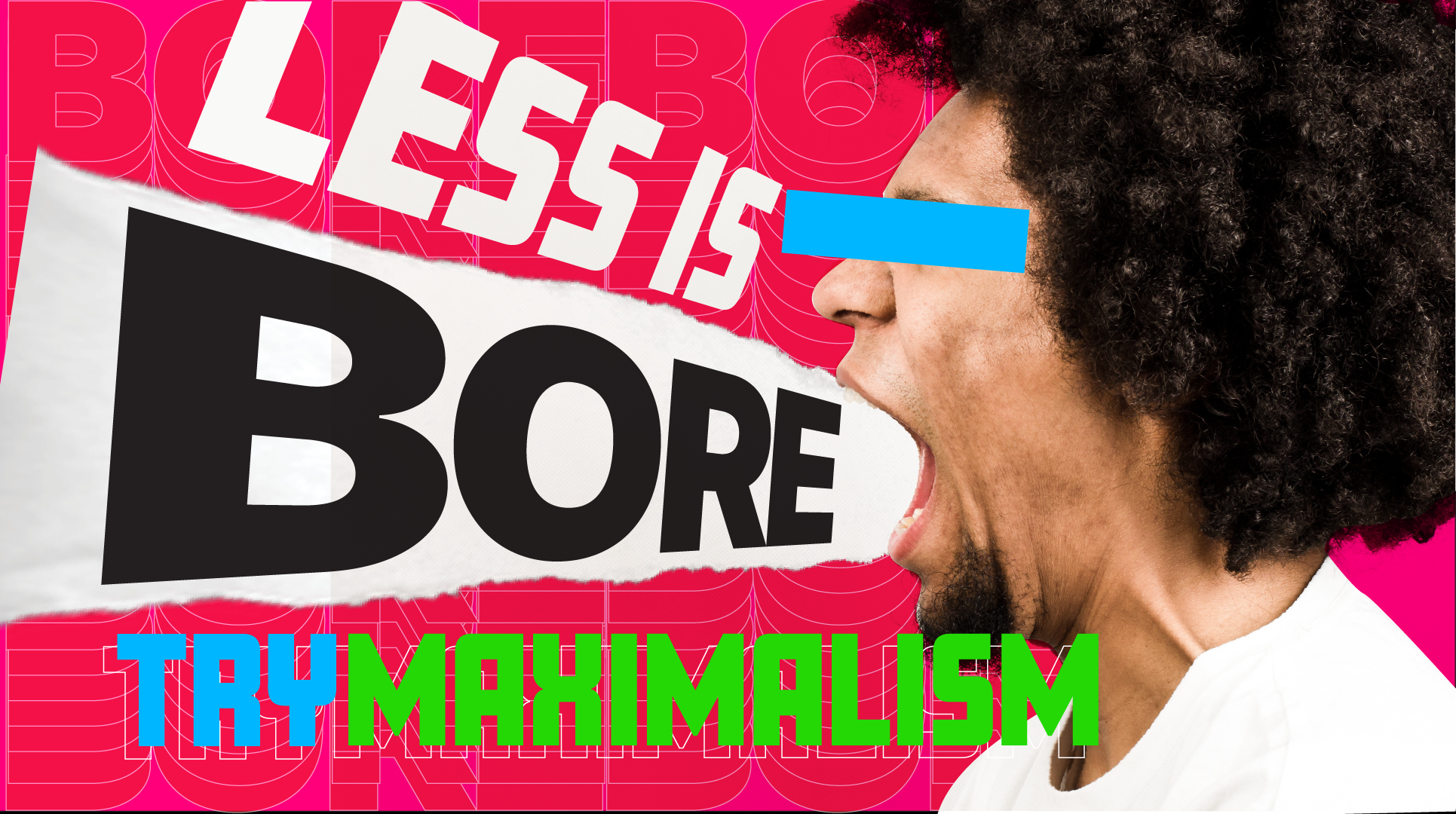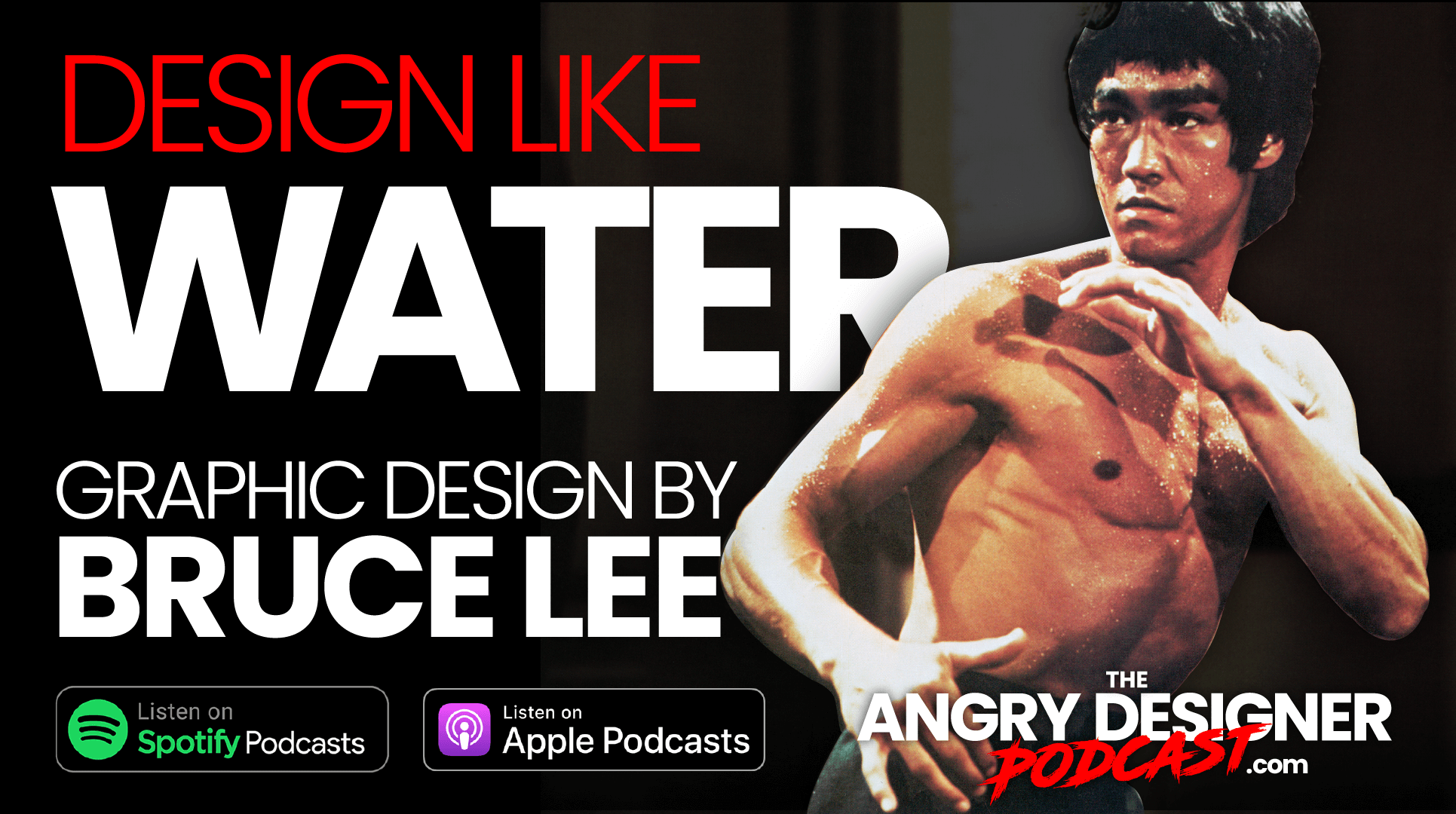Interview Questions for Graphic Designers: How to Answer Them and What They Are Looking For!

Answering Interview questions for Graphic designers can be stressful – especially when you have no idea what they are looking for! Your resume may only get you in the door, but the interview is your opportunity to shine to put a face to a resume making you human. Love them or hate them, interviews are a necessity for Graphic Designers.
While the questions may seem to be job or skills-related, there are many other reasons employers ask what they do! Be prepared to answer, even the most obvious questions, with confidence. The following list is based on the topics mentioned on our podcast to give you a bit of insight and preparation for your next interview.
Questions about yourself
1. What inspired you to become a Graphic Designer?
Purpose:Though simple and pretty much one of the staple questions in an interview, it always takes designers by surprise. This question allows your interviewers to understand what is behind your drive as a graphic designer.
How to answer:Share your first or most significant experiences with graphic design. You can highlight parts of your journey that you experienced the most growth in be it through school, self-study, or possibly interacting with another designer.
Tip:don’t focus too much on the history of how you became a graphic designer but focus more on the values you have that inspired you to become a designer. Highlight your drive and the skills that match.
2. What makes you stand out from other Graphic Designers?
Purpose: Helping interviewers gauge your level of confidence is crucial. They want someone who knows exactly what they want and is confident enough to point out their strengths and even their possible weaknesses. This is both to understand your hard technical skills but also your soft skills.
How to answer: This is your moment to shine and demonstrate why you’re a good fit not why you’re the best designer on earth! Consider it your elevator pitch, in which you clearly summarize your job experience and how it relates to the position. This is a terrific approach to set yourself apart from other candidates, but make sure the attributes you mention are a mix of your own interests and your professional experience, and the job requirements.
Tip: Always focus on how you can contribute to the organization you’re applying for not how lucky they would be to have you.
3. What kind of Graphic Design projects interest you?
Purpose: Graphic designers work on various projects, and while they all follow the same principles, their goals and product agendas differ. This is just a way for interviewers to see if you match their line of interest.
How to answer: Discuss the type of graphic design projects that you excel in be it by experience or passion. Try to link these with the requirements of the position you’re interviewing for.
4. What do you feel are core Graphic Design principles?
Purpose: It’s a quick test on the basics of graphic design. Not having an answer or opinion means that you are still fresh or inexperienced.
How to answer: While we do discuss this in detail on the podcast, understand the usual principles like whitespace, and hierarchy, but also elaborate on some personal discovery as well show them you can think for yourself!
Tip: You don’t need to explain what these are unless you are asked. You don’t need to overcomplicate your answers. Instead, keep your replies short.
5. How comfortable are you with tight deadlines?
Purpose: The reality of Graphic Design is that we work in a yesterday’s economy there will always be something required in a tight deadline. This question is to understand how organized you can be, how well you can manage your time to meet deadlines, and how well you work under pressure.
How to answer: A great way to answer this question is to either talk about ideas on how you organize your time to meet deadlines. Start with getting the small things off your plate and dedicate longer concentrated sprints to the bigger items. Showing you have a process lets the interviewer know this is something you have encountered before and are confident to handle again.
Tip: Beware you’re not entering an unorganized, last-minute work environment.
6. How do you keep up with changing trends & find inspiration?
Purpose: Graphic design never stays put. It’s constantly evolving, forcing those of us who are passionate about our trade to continuously evolve. An interviewer always wants to know you are progressing as a designer and can continually help their company’s identity and brand evolve vs becoming a complacent, chair potato.
How to answer: You have a world of digital media available to you. Be sure to be able to point out specific examples of sites, blogs, or platforms you visit dribble, Behance, Pinterest, even Instagram! Many graphic design trends are constantly evolving because of pop culture be prepared to talk about current events or trends that could back this up. Lastly, YouTube & podcasts (like The Angry Designer shameless plug) offer an unlimited amount of designers to follow, offering free resources, tips, and trends. It doesn’t matter where you get your inspiration from, just that you actively do it.
Questions about Graphic Design
1. What do you feel is the primary role of a graphic designer?
Purpose: This question gives the interviewers an idea of your depth as a graphic designer if you are just a pixel pusher or if you actually solve visual problems.
How to answer: Talk about the purpose of a designer and how we intentionally try to solve problems, and how a graphic designer solves those problems visually. Discuss the importance of thinking through a project to ensure you’re not just there to make something look better, but to perform better through good use of whitespace, hierarchy, and CTAs.
Tip: This is a good opportunity to show your thought process as well letting them know there is more to your ability other than making things look pretty.
2. What’s the difference between UX, UI, and Graphic Design?
Purpose: It’s a question for interviewers to gauge your knowledge of the space in all things design. Graphic designers have to work with a variety of different people, and also at times, need to wear many hats. It is not uncommon for a Graphic Designer to act like a UX designer (and they SHOULD).
How to answer: Understanding a breadth of industry topics and how they relate to Graphic Design is critical. For example: while you don’t HAVE to be a UX designer, it is your role to understand what a UX designer does and how it is both similar and different to a Graphic Designer. You need to be well versed in all areas of design and how we touch on them.
Tip: The more you understand, the more valuable you become. ?
3. What is the difference between designing for print vs digital media?
How to answer: Start by defining both. Then, you can work on differentiating them by talking about the pros and cons of each. don’t forget to mention the differences between RGB and CMYK and how they affect the final product.
Tip: Understand what business or industry they are in and what type of material they create regularly. Try to find out what type of media is commonly used and be prepared to talk about how you can help. Some companies do tradeshows which need a mix of both print and digital, while others are strictly online and may only need digital expertise.
Questions about your work
1. What past jobs are you most proud of and why?
Purpose: The reason we ask this isn’t to WOW us with how great your creative abilities are, but more so to understand what you view as successful. If you keep your answer thin, solely based on the creative you have done you’re leaving yourself the stigma of just caring about the design, not the performance.
How to answer: don’t focus on just the creative, but also talk about the outcome it generated! Talk about projects that not only required deeper thought and problem solving but also how they affected the customer! Good design is art, great design solves a problem.
Tip: Bonus points if you can talk about the specific results the work garnered. More leads, more sales, increase in traffic these are all important KPIs to focus your answers around.
2. Could you walk us through your design process?
Purpose: We are a fan of “process”. Having a process means repeatable results and outcomes which is what an employer (or client) is looking for. Something they can consistently count on.
How to answer: Give a short brief of your process, the tools you’ve used, the thought process behind your work, and the outcomes you look to achieve. Keep your answer focused on trying to solve the problem or outcome at hand be it driving traffic to a CTA or making a sale.
Tip: Always start with research be it on simply the client or the.
3. What tools do you mainly use?
Purpose: This could be a trick question never say Canva! The purpose for asking this help us understand how quickly can you be up and running in a working environment (solo vs team) and how much more would you have to learn to do so.
How to answer: While there are several design tools available to designers, the reality is our world is still primarily Adobe so always lead with that. However, the savvy designer also realizes there are other tools available from UX tools like Sketch or Figma, to video editing applications, Google suite of products, and a plethora of online tools for everything from image compression to font discovery.
Tip: Be familiar with what is available to let them know you are comfortable with learning new software or technology.
4. How would you rate your skills as a graphic designer?
Purpose: This is pretty tough to answer but remember we are looking for confidence. You don’t want to sound arrogant, but you also don’t want to give the impression that you lack confidence.
How to answer: Before you rate yourself, ask what the parameters are. Are you supposed to rate yourself ranging from 1-5 or 1-10?
Sound confident when you give an answer never make it sound like you are looking for approval or answering as though It’s a question I think I am a 6 Maybe a 7? Let them know there is always room for improvement regardless of your answer.
Tip: Honesty is the best policy here but don’t undersell yourself either.
5. How do you handle negative feedback or constructive criticism?
Purpose: This is always asked to gauge how easy you are to work with. Do you feel you are always right and the customer is always wrong, or are you too accommodating to bend at any request?
How to answer: Criticism is part of the business It’s rarely personal. Learning about customers or how your employers is part of the journey of a graphic designer and you welcome feedback to help you understand your customer or employer. Feedback is a steppingstone for growth be it negative or constructive.
Tip: Make sure they understand that as long as the criticism is kept professional about the job at hand, you welcome it. But there is a line that shouldn’t be crossed and It’s ok to let them know you expect that.
Questions about your job history
1. Why did you leave your previous job?
Purpose: Interviewers are always trying to gauge how easy or difficult you could be whether it is personality or expectations. Reality is, if you were completely satisfied, you wouldn’t be looking for a new job.
How to answer: Never ever bad talk previous employers or environments. If it was a horrible experience, you can say it wasn’t the right environment for you, or that you could excel in. Even if it was personal, never make it sound that way. Take the higher road always as this negative energy never translates well in an interview.
Tip: If they prod for more information, don’t give it to them the world is remarkably small.
2. Why do you think you should be hired for this job?
Purpose: Usually one of the last questions asked, this is your chance to shine. Leave them with a positive vibe on how you would be a perfect fit for their organization.
How to answer: don’t make it about how great you are but more so about what you can offer the organization and how you can help. Discuss what you can offer aside from just being a graphic designer be it a quick learner, always up for a new challenge, or that you have amazing baking skills and are always looking for people to taste test.
Tip: Give them a lasting memory of who you are to avoid being buried amongst a pile of other interviewees.


